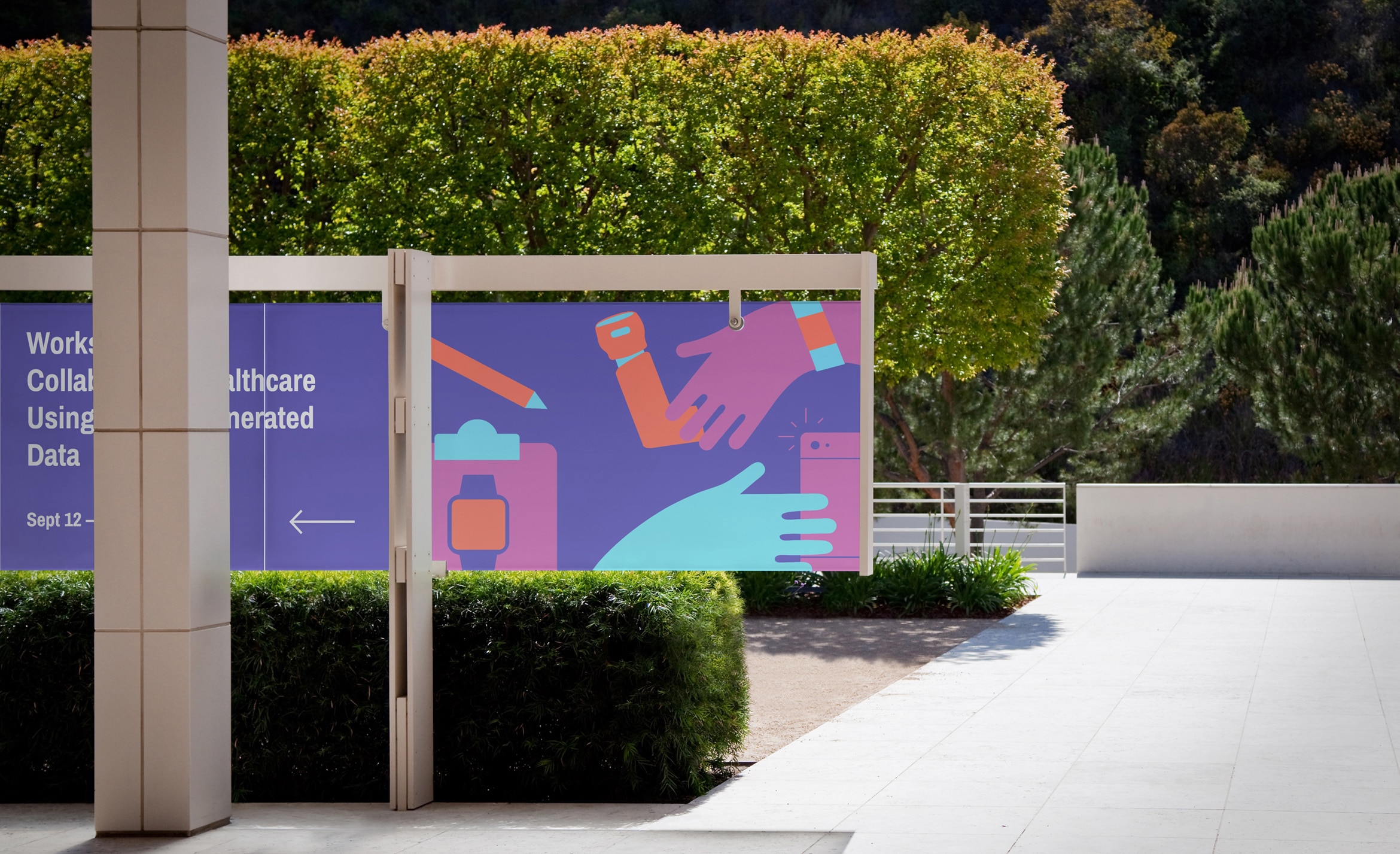Technology has made it easy for people to capture data about their health, giving users insights that are more accurate and accessible than ever. From counting steps to tracking fertility, people are drawn to using new tools to bring transparency and self-awareness to their well-being. Despite its promise, it is still unclear how to transform this wealth of self-generated data into meaningful improvements to the partnership between a patient and their healthcare provider.
To provoke innovation within this emerging space, the Robert Wood Johnson Foundation engaged Reos Partners, who led an initiative to discover how patient-generated data (PGD) can be used to enhance collaboration between patients and health providers. Reos brought together four innovation teams from across the United States to investigate ways to co-produce improved health outcomes using patient-generated data. This research spanned various healthcare domains including: smart inhalers for chronic obstructive pulmonary disease, veterans and mental health, validation of wearable devices, and photo-based food diaries. In the context of their research the teams created and developed a detailed ‘use case’ to act as an example and guide for others doing this type of research.
We worked with Reos Partners to determine the formats to present this research. We also helped to facilitate a workshop and interviews with the teams, helping them to articulate their research using templates that we designed. From there, we wrote and designed four technical use case documents which summarize the research, plus a guide for others to create their own ‘use cases’ following this methodology. To complement the documents, we produced four short videos to introduce each area of research into patient-generated data in a compelling way before diving deeper into the technical materials. The reports feature illustrations, photos, charts and diagrams, balancing their need to be technical while still approachable. With this tone in mind, we created succinct narrative, a suite of lively colours, and expressive illustrations to animate the particular patient-generated data topics being investigated.
This suite of research materials serve as a guide to using PGD to enable richer, more collaborative clinical encounters in order to produce better health outcomes. It can be adopted by clinicians, health researchers, or even patients looking to initiate their own conversation around their health data. The goal is to inform healthcare and to transform it to be better, safer, more efficient, and more collaborative than before.



